Sagargota Plant
₹705.00 ₹529.00
Gachhakaya is pungent, bitter and astringent in taste, pungent in the post digestive effect and has hot potency. It alleviates kapha and vata doshas. It possesses light, dry and sharp attributes. It is useful in the diseases like liver disorders, splenic diseases, edema, diseases of vata, worms etc.
Description
Sagargota – Caesalpinia bonduc
Scientific Name: Caesalpinia bonduc , Caesalpinia bonducella Caesalpinia Crista L. Guilandinia bonduc
Sanskrit Name: Kuberakshi, Latakaranj, Kantaki Karanja, Prakirya, Vitapa Karanja
English Name: Fever or Bonduc nut
TRADE Name International: Fever Nut, Nicker Nut
Telugu Name: Gachha Kaya, Suka Jambuka, Gesta kaya, Kat-kalija
Tamil Name: Kazhichi-kai, Kaccuram
Marathi Name: Sagargota
Kannada Name: Gajjiga, Gajkai,
Hindi Name: Katkaranj, Naktamala, Karanjo, Gajga, Gachka,
Used Part
Root, seeds, leaf
Gachhakaya – Latakaranja is one of the herbs mentioned in all Ayurvedic texts and has been freely used all over India since centuries. Traditionally, it is used in post partum period, as it is a uterine stimulant, to cleanse the uterus. It also alleviates the fever, edema and abdominal pain during this period. It has numerous synonyms like duhsparsa – difficult to touch, kantaki karanja – having prickles; vajra bijaka – having hard seeds, kanta phala – has fruits covered with prickles etc.
It grows throughout India up to 800 meters elevation. It is a large straggling, very thorny shrub. The branches are armed with hooks and straight, hard, yellow prickles. The leaves, 3 cm long are bipinnate, stipules foliaceous. Pinnae 7 pairs, leaflets 3-8. The flowers pale yellow in color, in supra-axillary racemes at the top. The fruits ae inflated pods, covered with prickles, 6 cm long, 1-2 seeds per pod. The seeds are globular, hard, bluish grey with a smooth shiny surface. The plant flowers in June and fruits in November.
The botanical name of Gachakaya –(latakaranja) is Caesalpinia crista and it belongs to family Caesalipiniaceae. In the chemical composition of it seeds, the bitter principles bonducin and natin are found. Other constituents like linolic acid, fatty acids, setasitosterol, linolenic acids and other 13 types of diterpenoids are also found. From the seeds, and caesapin is isolated. Bonducellin and (+) ononitol also have been isolated. Percentage of nut-oil yield is 60-80, kernel yield is 20%, bonducellin isolated and its structure established. A new diterpene, caesalpin isolated from seed kernels and its structure determined.
Properties
Gachhakaya is pungent, bitter and astringent in taste, pungent in the post digestive effect and has hot potency. It alleviates kapha and vata doshas. It possesses light, dry and sharp attributes. It is useful in the diseases like liver disorders, splenic diseases, edema, diseases of vata, worms etc.
Uses
The seeds root – bark and the leaves are used for medicinal purpose. The herb is used both, internally as well as externally, externally, the paste of its leaves applied, serves to relieve the pain and edema. The massage with its seed-oil particularly helps in rheumatic disorders and arthritis. The wounds and ulcers should be dressed with the paste of its seed mashed in water. On traumatic swellings, the lukewarm paste of the leaves of latakaranja, arka and errand is applied with benefit. In abdominal flatulence, the paste of its seeds mashed in water, eases the problem. On testicular swelling due to hydrocele, the thick paste of its seed is applied. It also works well in traumatic swelling of the testes.
Internally, gachhakaya is used in vast range of diseases. It is the best panacea for abdominal pain due to flatulence, as it effectively alleviates the vata dosha. The powder of its roasted seeds with ghee mitigates the condition and relieves the pain. During postpartum period, the abdominal pain is eliminated with the roasted seed powder, asafetida, ghee and little amount of salt. The seeds powder, given with milk, controls the diarrhea. The skin of the seed being astringent is beneficial as a medicament for diarrhea, dysentery and colitis. In worm infestations, the juice of its leaves or powder of its roasted seeds is given along with palasa, amra and haridra, (1: ¼: ¼)
Gachhakaya is the best medication for malarial fever. The combination of its roasted seeds powder, pippali (1:1) is given with honey, approximately 0.5 gm., three times a day for 3-4 days duration. Another combination recommended for malaria is the powders of marica and latakaranja (Sakra vati). The splenic enlargement due to malaria, responds well to latakarnja. The leaves fried in ghee, eliminate vata and relieve constipation, hence valuable in piles.
The seeds are stimulant to the uterus, improve the menstrual discharge in oligomenorrhea and reduce the pain in lower abdominal region. The skin of the seed is extremely beneficial in the treatment of leucorrhea. The seeds also render contraceptive activity. Latakaranja is used as a bitter tonic. It is also a useful remedy for cough and asthma, as it alleviates the kapha dosha. For this purpose, the tender leaves (fresh juice) is given along with the honey to ward off the mucous secretions. The oil prepared from the leaves, is a valuable nervine.
1 review for Sagargota Plant
Only logged in customers who have purchased this product may leave a review.

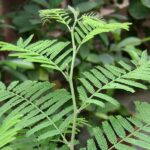
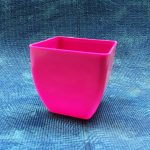
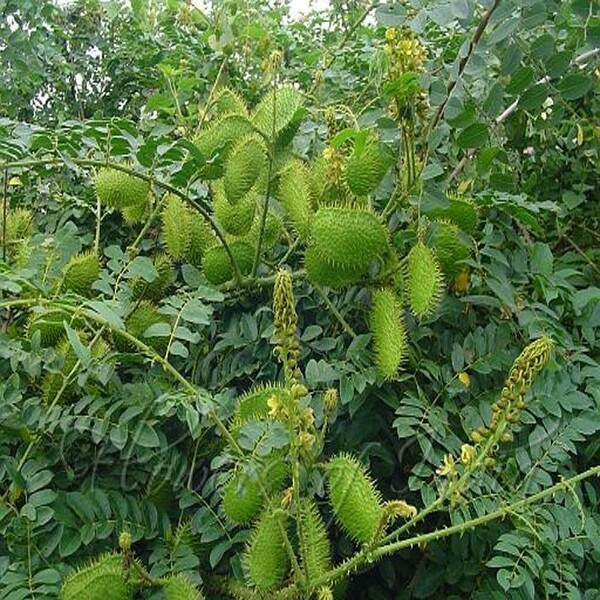

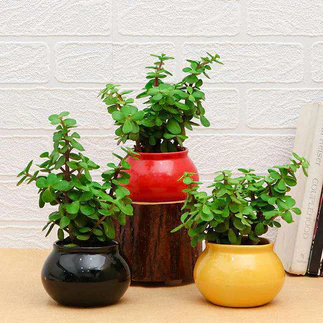
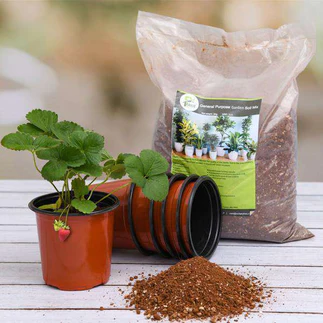
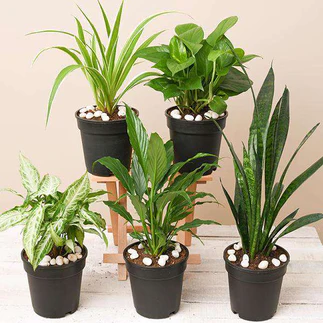
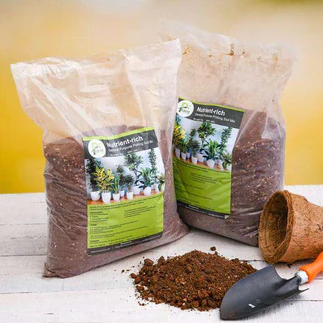
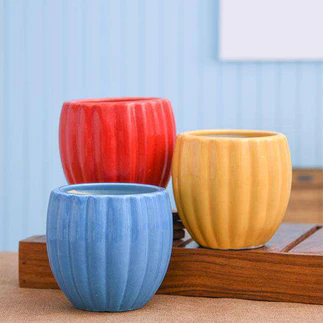

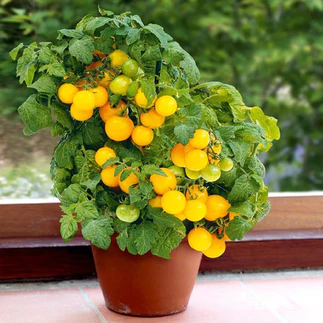
sindu puthiya purayil (verified owner) –
Was in ok ok condition